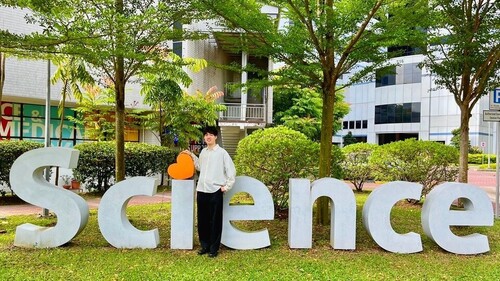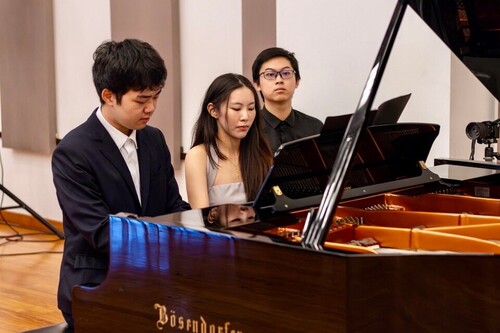My name is Takami Sugimoto. Since August 2023, I have been studying abroad at the National University of Singapore (NUS) for two semesters. "Studying abroad" is often seen as a big event for students, and I am sure many people are interested in it. However, when people think of "studying abroad", they often think of Europe or North America, and few people think of Singapore, so you may wonder what makes Singapore a good destination for studying abroad. Here, I would like to introduce three ways in which studying abroad in Singapore has impacted me after spending seven months in the country. Through them, I would like to share with you the benefits of studying abroad in Singapore.
First of all, this study abroad experience has provided food for thought about how I want to live my life in the future. Singapore is the center of Southeast Asia and is home to many talented people. Here, I had many opportunities to meet Japanese people who play active roles in Singapore. For example, I have met with Mr. Hiroshi Imaizumi, who is working on the establishment of a Nagoya University Global Multi-Campus in Singapore, and Mr. Masato Hayashi, who is a professor at NUS and a Japanese software engineer working in Singapore. These encounters made me yearn to see Japanese people working elsewhere beyond Japan. At the same time, I realized that Singapore is an easy place for Japanese people to live and work in various fields (the official language is English, many people gather there, it is an Asian country that is easy to get used to it is close to Japan, etc.), and I came to think that I would like to base myself in Singapore in the future.
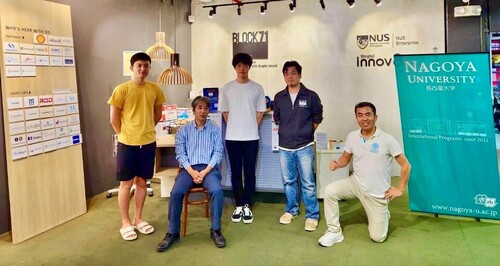
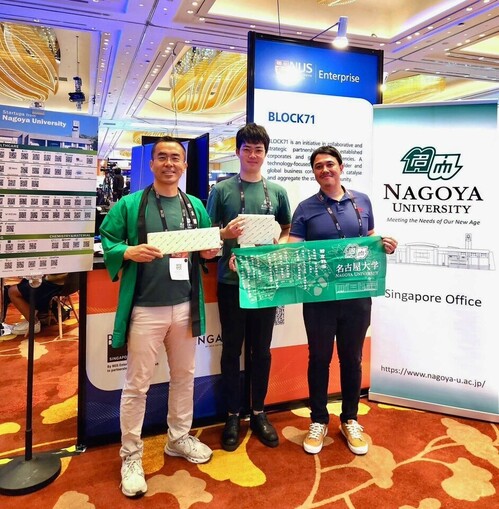 At the Block71 startup hub and the Nagoya University booth at SWITCH (Singapore Week of Innovation and Technology)
At the Block71 startup hub and the Nagoya University booth at SWITCH (Singapore Week of Innovation and Technology)
Second, my university life at NUS has changed my awareness and lifestyle. NUS, which competes as either the first or the second top university in Asia, attracts students from all over the world, especially from China and Southeast Asia. Through studying in this environment, my previous awareness on how to survive and build a career in Japan has changed, and I started to think from a broader perspective. In addition, I have found that faculties of business and computing are popular among NUS students, and I wondered if this is because Singapore is famous for business and IT. Due to this environment, even though my major is mathematics, I am studying statistics and computer science at NUS. While studying these subjects, I became interested in how mathematical knowledge and ideas are used in real life. Furthermore, I felt a difference in my attitude toward studying. Compared to exchange students, including myself, full-time students take up to twice as many classes and spend a lot of time to get good grades. I was stimulated by their attitude, and I felt that I had to study harder to survive in such a competitive environment.
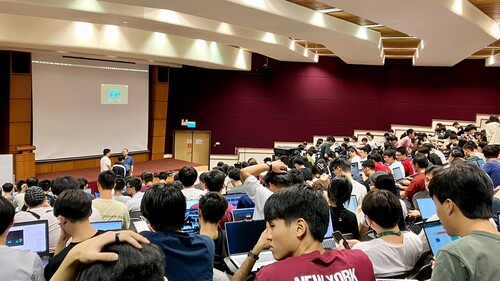 NUS classroom crowded with students
NUS classroom crowded with students
Finally, I was able to broaden my knowledge and experience through experiences I would not normally have and through interaction with people I would not normally engage with. Specifically, I was able to have experiences that were only possible because I was in Singapore, such as playing duets in the NUS piano club, joining Japanese speaking events with SMU students, and volunteering in cleaning up the Japanese cemetery with the members of the Aichi Prefectural Association of Singapore. These experiences gave me the courage to dive into an unfamiliar environment and the joy of interacting with new people.
Singapore may be a minor choice as a destination for study abroad for now, but as mentioned above, there are many attractions and things you can learn in Singapore because of this environment! If you are thinking of studying abroad, I would be happy if you consider Singapore as one of the candidates.
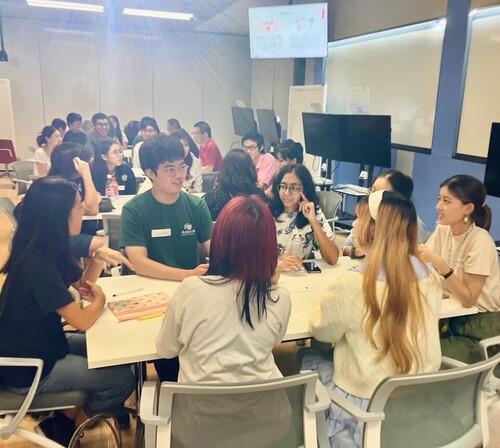
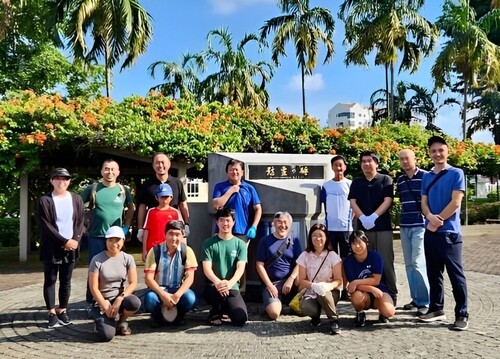 At the Japanese-speaking event (above) and cleaning up the Japanese cemetery (below)
At the Japanese-speaking event (above) and cleaning up the Japanese cemetery (below)
By Takami Sugimoto with thanks to Hiroshi Imaizumi and Veeraya Chenchittikul

